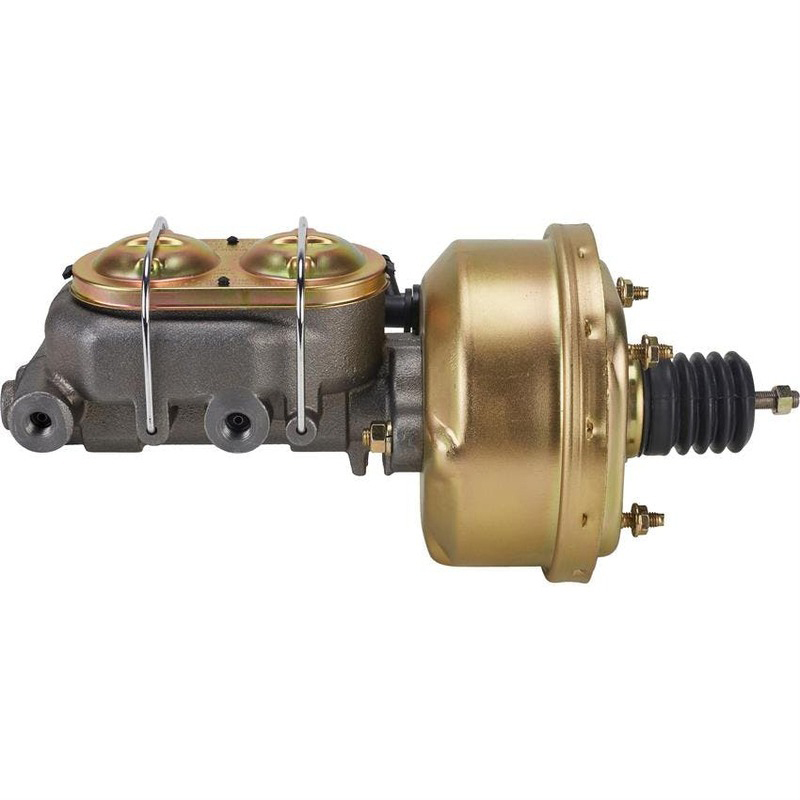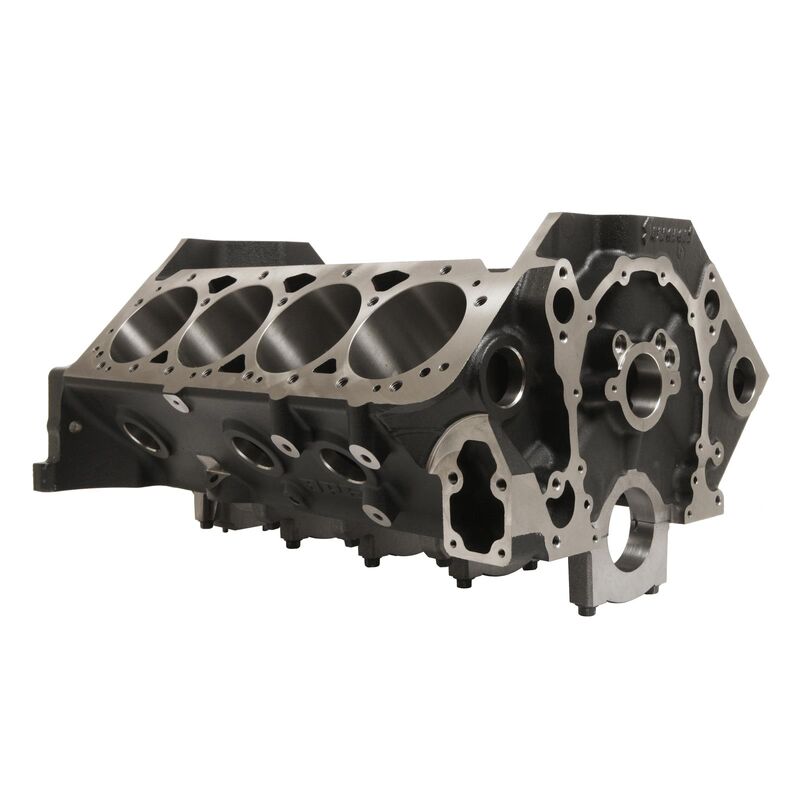TWR Supercat debuts
Following its reveal in virtual form earlier in 2024, the TWR 'Supercat' recently made its public debut. The product of the reborn TWR (Tom Walkinshaw Racing) in the UK, the Supercat is based on Jaguar’s XJS and has been re-engineered by a team that boasts experience in Ferrari, McLaren, Williams and Renault F1 teams.
TWR have started taking customer commissions for the Supercat, with the first cars to be completed by mid-2025. Production will be limited to 88 units.

While the original TWR was created by Tom Walkinshaw in 1975 to design and build race cars, the new TWR was co-founded by Fergus Walkinshaw (Tom’s son from his first marriage – Ryan Walkinshaw is a half-brother) in 2023, with a focus on engineering projects for the road and racetrack.
The Supercat is the first product from the reborn TWR, and basing it on an XJS makes sense, as it was Tom Walkinshaw who turned the Jaguar coupe into a race winner in the 1980s. Those victories included British and European Touring Car championships, as well as the Bathurst 1000 in 1985.

Taking this original competition XJS as inspiration, the Supercat also incorporates elements from other racing Jaguars that were developed by TWR, like the XJR-9, XJR-15 and XJ220 supercar. The end result is a car that produces more than double the power of the original XJS, while being more than 150kg lighter. The chassis has been strengthened and suspension and brakes upgraded. Modern tech, like traction control, launch control and selectable driving modes will be optional, allowing customers to have a more ‘analogue’ diving experience if they wish to do so.
“Almost 40 years after my father’s original company dominated the racetrack, we’ve brought the TWR name roaring back with our new Supercat,” said Fergus Walkinshaw. “Our debut product, designed as an authentic, analogue Super-GT for the committed driving enthusiast, has been developed over three years by some of modern motorsport’s brightest talent.”

V12 Heart
The 5.3-litre V12 that powered the majority of XJS coupes and convertibles in period has been retained for the Supercat, but enlarged and upgraded to the point where it’s essentially an all-new engine. A bore increase from 90mm to 92mm increases capacity to 5.6 litres, while the addition of a supercharger, dry sump, revised cylinder heads and valves, billet camshafts and other changes improve performance from 212kW (285hp) and 431Nm to 492kW (660hp) and 730Nm.
A three-speed automatic transmission was fitted to the vast majority of XJS cars, but the Supercat will only be available with a six-speed manual that’s been engineered to complement the upgraded engine. The steel driveshaft and open diff of the original car have been replaced with an aluminium unit and LSD.

The body has been reinforced with a mix of steel and carbon fibre, while new front and rear subframes were developed in-house at TWR and feature tube steel construction.
Suspension was also developed at TWR, retaining a double wishbone front set-up, but incorporating a multi-link rear, along with adjustability and active dampers at each end.
Brakes have been upgraded with six-piston calipers at the front and ventilated discs with four-piston calipers at the rear. Carbon ceramic brakes will be optional. Wheels are upsized from 15 inches to 18 inches at the front and 19 at the rear, using forged alloys of TWR’s own design.

New Style
Although the exterior of the Supercat remains recognisable as an XJS, it’s been modified from nose to tail, with extensive, engineering-led changes. Created by Khyzyl Saleem, with input from Magnus Walker and a former Mercedes F1 aerodynamicist, the Supercat design has seen multiple changes made to the XJS’s flying buttresses to improve aerodynamics, while a widebody treatment adds almost 20cm to the car’s width, allowing for much wider wheels and tyres to be fitted.

“As a designer, working with a new palette of highly technical materials has allowed me to re-energise the form and stance of the Jaguar XJS, boldly expressing our mission to create a true Super-GT,” Saleem said. “Collaborating with TWR’s team of engineers and aerodynamicists, we’ve created a car where every line and feature serves a purpose on both the track and the road.
“The TWR Supercat represents an entirely new expression of the original.”

In addition to obvious aerodynamic changes, like the moulded-in rear spoiler and massive front splitter, the floorpan has been flattened and a bespoke rear diffuser fitted to generate additional downforce. The latter has necessitated the adoption of side-exit exhausts.
All the bodywork has been made from carbon fibre, which along with other lightweighting measures, like removing the rear seats, sees the Supercat weight just 1,605kg, compared to 1,770kg for the original XJS.

Raw, but not too Raw
While it’s been created as a driver’s car, offering a more visceral experience for the enthusiast, the Supercat won’t be without modern conveniences and comforts. Seats are trimmed in leather over a carbon fibre base and feature power adjustability, with a leather-wrapped dash, steering wheel and gear shifter boot, too.
The digital instrument display offers an analogue look and is configurable. A central multimedia interface, Android Auto and Apple CarPlay are standard. A number of tactile switches and buttons remain in the cabin, for elements like the push-button starting, steering and suspension adjustment, air conditioning, power windows and an optional front-end lift feature.

88 Only
The cap of 88 units for the Supercat was selected to honour Tom Walkinshaw’s victory in the XJR-9 at the 24 Hours of Le Mans in 1988. All cars will feature a common mechanical spec, but customers can personalise things like paint, interior trim and available options.
TWR has said that, even before the Supercat’s official unveiling last November, orders were coming in from all over the world, including the USA, UK, Asia and the Middle East.
Pricing starts at £225,000 (AU$436,000 approx.), excluding the XJS donor car and any local taxes.
For further details, go to: twrperformance.co.uk













